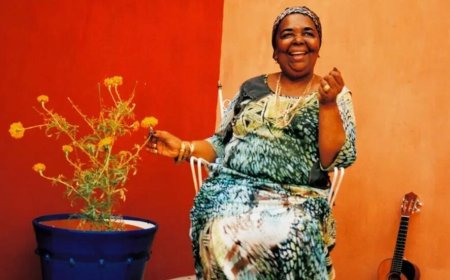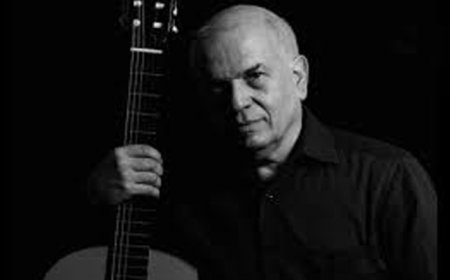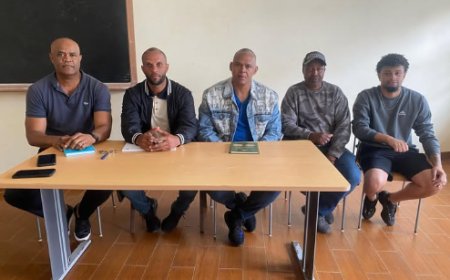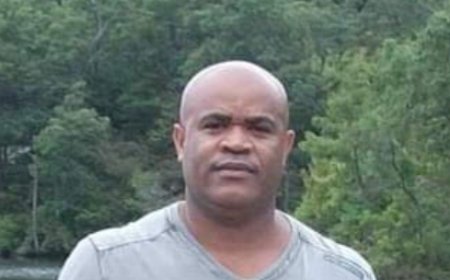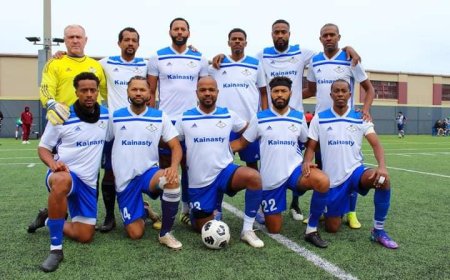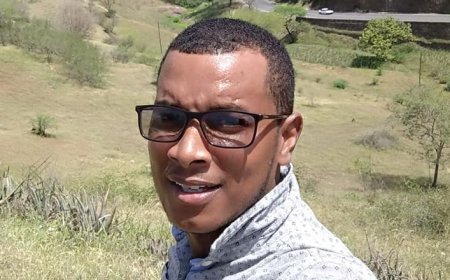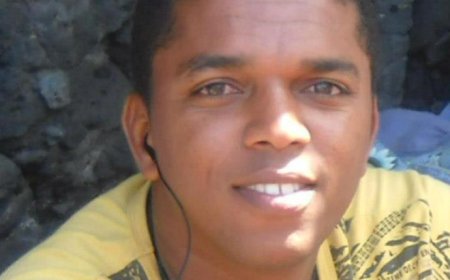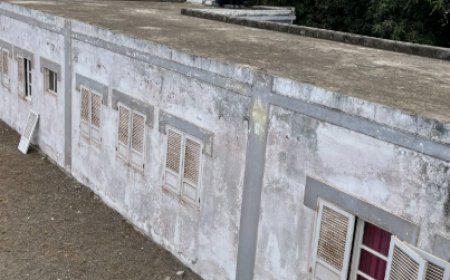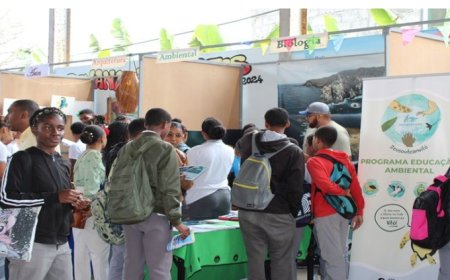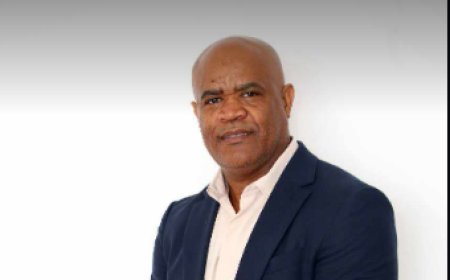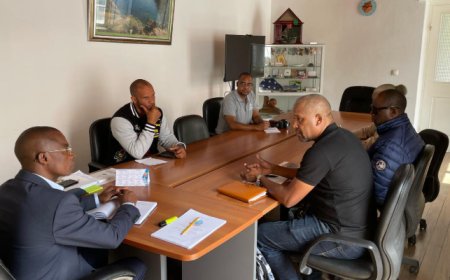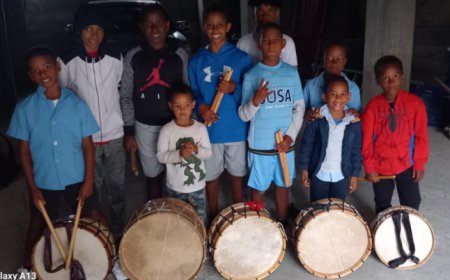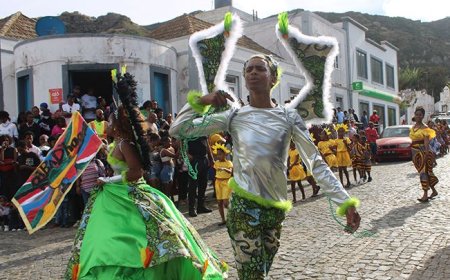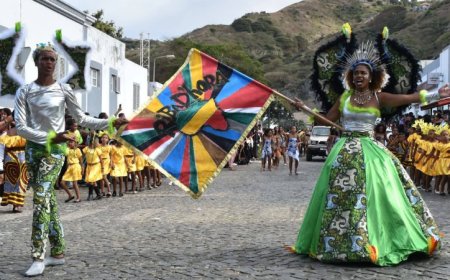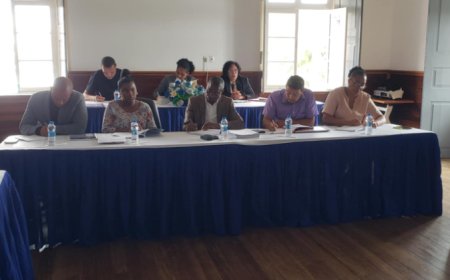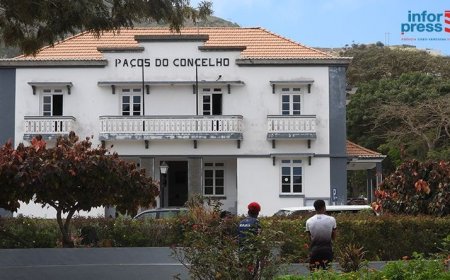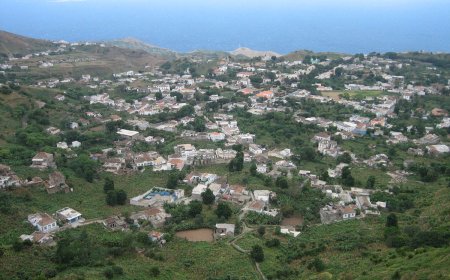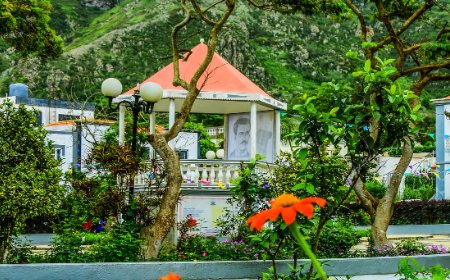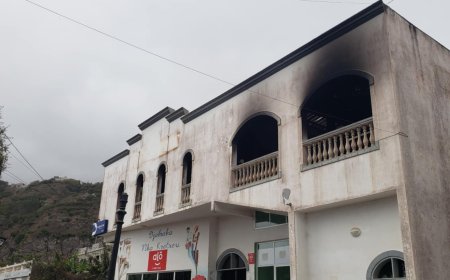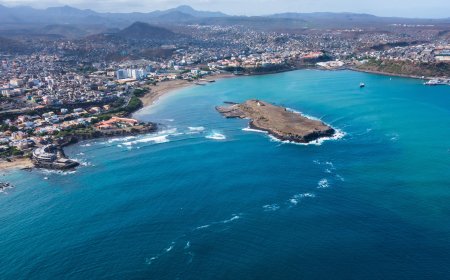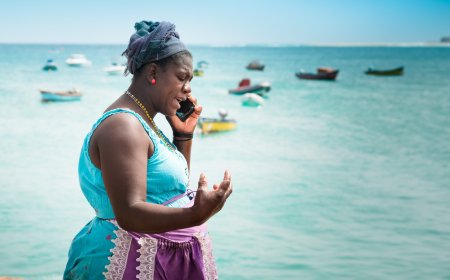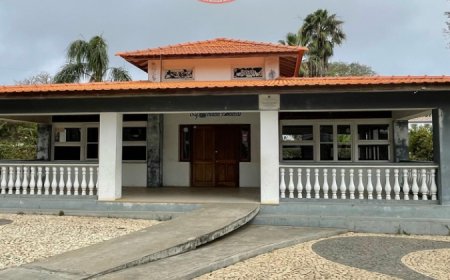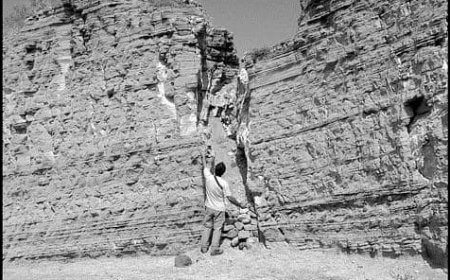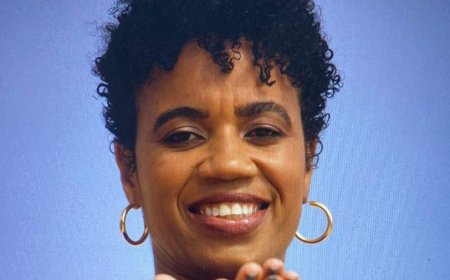Brava Island: 49 years of stagnation and lack of direction, clearly aimless and without goals
Brava Island, located in the extreme south of the Cape Verde archipelago, is one of the smallest and most isolated of the islands that make up the country. Known for its natural beauty and unique characteristics, Brava Island faces a significant challenge: 49 years without a clear direction and without defined goals for its development.
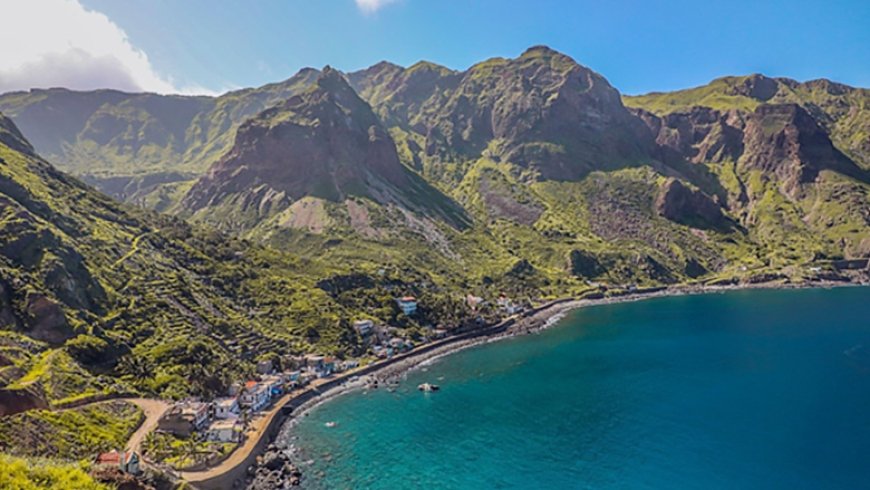
This stagnation is not just a matter of a lack of planning, but reflects a lack of strategic vision that could transform the island into a model of sustainable and innovative development.
Since Cape Verde's independence in 1975, Ilha Brava has struggled to find a path that promotes its economic and social growth, that takes it out of chronic isolation and that restores at least the golden times of whale fishing and ship building. that crossed the Atlantic. The island has agricultural and fishing potential, as well as becoming an attractive tourist destination, with its stunning landscapes and mild climate. However, the absence of a clear strategy and specific goals has prevented these resources from being fully utilized.
The structural problems are evident: lack of adequate infrastructure, lack of investment and an economy that is unable to diversify its sources of income. The agricultural sector, one of the island's main economic activities, faces difficulties due to a lack of modernization and innovation. Tourism, which could be a significant engine for development, has not yet been effectively exploited. Without a clear plan and well-defined goals, it is difficult to attract investors and tourists who could contribute to economic growth.
Furthermore, the lack of a defined direction directly impacts the quality of life of local inhabitants. The lack of employment opportunities and the migration of young people in search of better living conditions abroad are reflections of a lack of concrete perspectives for the island's future. Brava Island, with its rich culture and traditions, could be a vibrant example of how a place can flourish, but only if there is a coordinated effort to define and follow a development plan.
Local leaders passed through the island, who were unable to impose an idea, a path, an objective, or if they did, due to “politics” their successors did not continue the work developed, changing their ideas, projects and dreams.
Responding to this situation requires a holistic and collaborative approach. Local and national government need to work together to formulate a development plan that not only identifies areas of potential, but also sets clear and practical goals for achieving them. Investments in infrastructure, education and health are fundamental to creating a solid foundation for growth. Furthermore, the active participation of the local community in the formulation and implementation of this plan is crucial to ensure that the needs and aspirations of residents are met.
On the other hand, the creation of partnerships with private investors and international organizations can bring resources and expertise that the island does not have internally, in addition to a close participation of emigrants from the island who live in the four corners of the world. The promotion of sustainable tourism initiatives and the modernization of the agricultural sector are just a few examples of how Brava Island can begin to follow a new path, in addition to rethinking the fishing sector and livestock farming.
In short, Ilha Brava has the potential to transform and prosper, but this will only happen if it is able to overcome stagnation and set a clear direction for its future. The next steps are crucial and must be taken seriously and determinedly. The lack of very long-term goals and a strategic vision is not a definitive sentence; It is a challenge that, if faced with courage and creativity, could lead to a promising renaissance for Ilha Brava and its inhabitants.
Ilha Brava has everything it needs to reinvent itself and flourish, but this process requires serious commitment and a strategic approach that goes beyond current practices. If the island can overcome the obstacles of stagnation and unite around a common goal, it can transform its reality and become a model of sustainable and inclusive development. The time to act is now, and the future of Ilha Brava depends on the choices that will be made in the near future.
Brava
The term "Brava" can carry multiple meanings depending on the context. In many cases, "Brava" can evoke the idea of courage, bravery or resistance. It is also the name of one of the islands in the Cape Verde archipelago. If we consider this connotation, the island can symbolize someone or something that, despite being lost or without direction, continues to exist with a resilient spirit.
"An island" :
The image of an island generally refers to a state of isolation and separation. This may indicate that the subject (whether a person, a group or an idea) is isolated, distant or disconnected from the rest of the world. The island, in this context, represents an entity that is on the margins, outside the usual routines and connections.
"49 Years ago" :
The time of 49 years suggests a significant and prolonged period. This suggests that the state of lack of direction and goals is not something recent, but rather a condition that has lasted for almost half a century. This prolonged time can accentuate the idea of a repetitive cycle or persistent stagnation.
"No Direction and No Goals" :
The absence of "direction" suggests a lack of clear direction or purpose. "Heading" is often associated with a path to follow, a defined trajectory. The lack of "goals" complements this image, indicating an absence of concrete objectives or ambitions. This may suggest stagnation not only in the trajectory, but also in personal or collective evolution.
